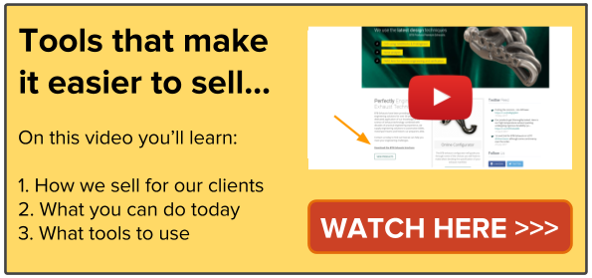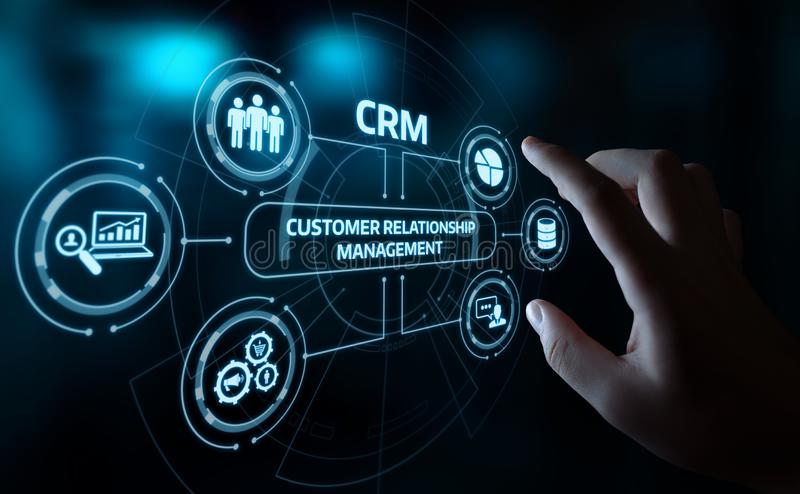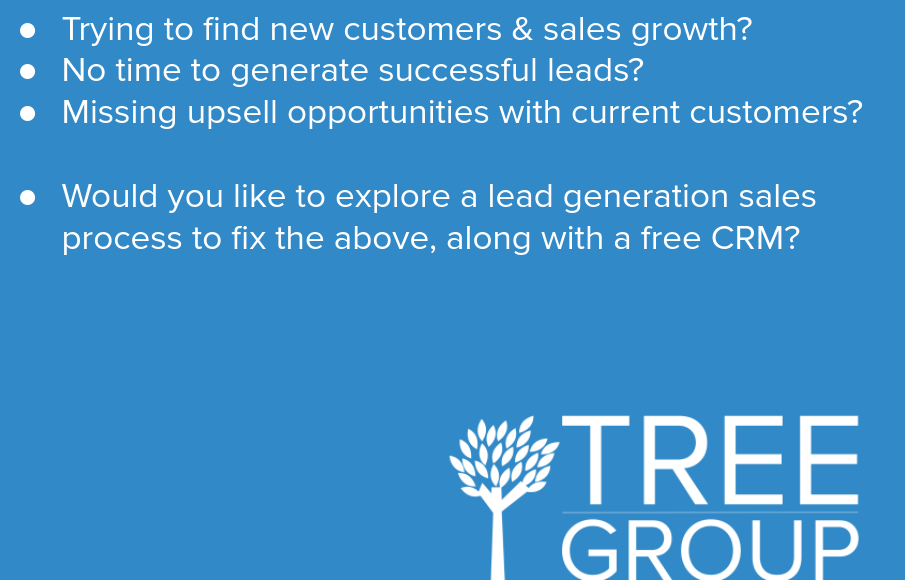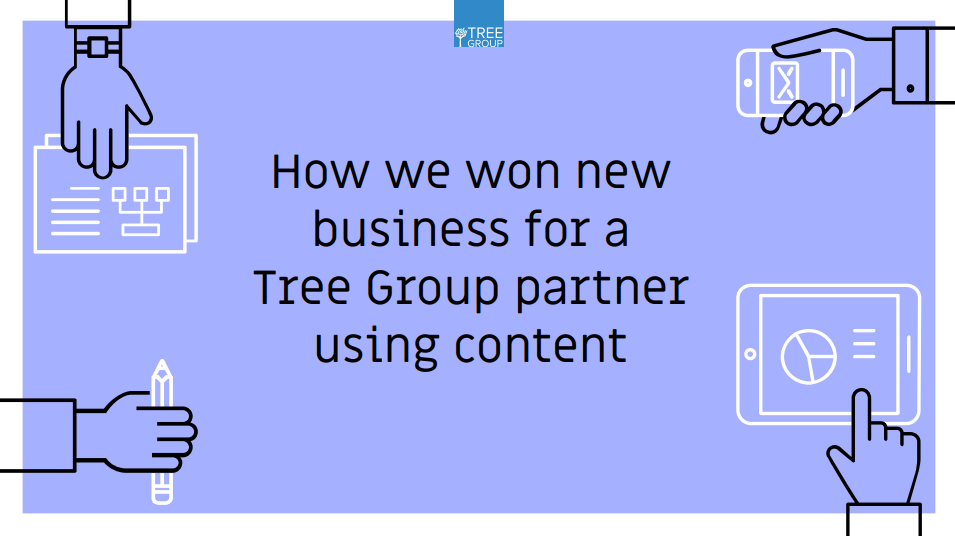HubSpot released their State of Inbound 2018 report, one of the most comprehensive inbound marketing and sales research reports in the world, with data collected from 6,200 respondents in 99 countries.
Too busy to scan the 55-page report? We all know the sensation. That’s why we’ve delved deep into the information and pulled out the key insights, summarised here, only for you. Even over the last year, digital selling has changed. To see what’s to come, read on!
As always you can read our blog, watch the video on YouTube, or listen on iTunes and Soundcloud...
1. Lots of Marketers Are Investing In YouTube
Several statistics in HubSpot’s report analysed where budget goes in the year ahead and, it ought to be no surprise, a lot of the information pointed to video as a valuable asset.
Furthermore, when asked which content channels marketing groups are planning on investing in over the next 12 months, 45% reported YouTube whereas 41% intended on creating content within Facebook Video.
This trend is probably thanks to the buy-in to video marketing.
HubSpot’s knowledge shows that company owners and sales and marketing leaders are adding YouTube to their activity within the next twelve months.
2. Telephone and email are key ways of contacting
When sales professionals have to connect with prospects, they’re usually selecting ancient media. Over one-third of all survey respondents say phone is their primary channel for connecting with sales prospects. A similar amount went with email as their primary channel. In general, company owners and decision makers liked email over phone.
However, HubSpot notes that these channels are also stricken by GDPR in Europe. It'll be fascinating to see how sales and marketing people adapt to those rules in time for the 2019 State of Inbound report.
3. Word-of-mouth is Powerful in Business choices
While selling techniques can perpetually evolve over time, word-of-mouth is one that continues to work.
For the last four years, word-of-mouth selling has been shown to be a high influencer on buying decisions.
Additionally, 61% of C-level executives reported relying heavily on word-of-mouth when making important purchase choices, with client referrals as the second highest criteria.
This trend emphasises the importance of continuing to market to current customers to develop loyal promoters of your brand.
A happy customer is the best-selling tool you can use, therefore ensure you’re taking advantage of it!
This report showed that though digital practices are quickly changing into the most valuable selling activities, referrals and connections are still the simplest within the sales process. For this reason, when we’re providing Outsourced sales activity to our Automotive clients, we include ‘referrals’ as an important lead source for prospecting activity.
Beyond client delight, another key area is to look into your brand’s presence on review sites and citation pages. Review sites are powerful selling tools that you use to let prospects understand how other companies have had success working with you.
To facilitate word-of-mouth selling in your own strategy, have a client engagement programme where you build trust over time, gradually asking for testimonials then case studies then to become a referral partner with reviews and word-of-mouth referrals. You could even work with your best customers for reference calls where a prospect will speak to your customer to help with their buying decision. You can also provide some incentive, such as the referral programme that we run for our contacts and customers..
4. The Fundamentals Still Matter (But Practices Have Changed)
Companies indicated their biggest priorities were Search Engine Optimisation (SEO), website content, and sales automation, while, their biggest challenges stay generating traffic & leads and proving the ROI of their efforts.
The issues haven’t really changed over the past 2 years and neither have our strategies for addressing them -- however we now take a more aligned approach that sees sales, marketing, and websites as one thing when it comes to growing a business efficiently.
These basics are still very important, however your strategy for them has to evolve.
For companies that are trying new approaches but not seeing the results, here are some tips to try:
Approach Search Engine Optimisation (SEO) from a technical standpoint: some years past, a keyword strategy and also the right placement on your website were key components of a roaring SEO strategy.
Today, Google is actively changing how it works to best serve users. To improve your organic traffic and attract more of your ideal customers to your website, measure and improve the following:
- The speed that your website loads
- Optimise your website for mobile devices
- Use long tail keywords in your content
- And link related content to create topics using pillar pages and sub content
Most importantly, prioritise publishing pillar content on your website: While a keyword strategy remains essential, if you’re still building your content strategy based on that alone, you won’t see the results that you once did.
What you must prioritise are topic clusters and pillar content.
As Google becomes a lot more “human” with the approach that it crawls pages, it's far more than simply key terms, instead it’s about helping Google to understand your authority on specific topics. Pillar content helps establish this. More on that in our post on content Topic Clusters.
5. Sales and marketing alignment is a powerful tool — but not regularly used.
Sales and marketing alignment (SLA) is a way to make sure that marketing and sales are working together to achieve your business goals. By ensuring these two departments operate together, instead of independently, you’ll achieve better and faster business growth.
However, not all marketers report that their firms have good sales and marketing alignment. One in five marketers report that their company’s sales and promotional techniques are “generally aligned” — but it’s worth mentioning, this alignment isn’t because of company policy. One in four says their company’s techniques are tightly aligned, or there’s a Service Level Agreement (SLA) in place.
When firms have a Service Level Agreement (SLA) in place, their marketers have more confidence in the company’s strategy. They assert that they’re more likely to see high-quality results in their sales team, and salespeople are a lot more likely to report marketers as supplying high-quality leads.
Conclusion
Marketers have to be compelled to frequently keep up with ideal customer behavior and the way it changes over time. HubSpot's report provides us with valuable data concerning this behavior as well as showing what will happen in the next year in terms of industry trends, and therefore how to to do sales and marketing in future.
To learn more about Inbound Marketing, start with How Sales and Marketing works when you use The Tree Group + HubSpot.
You can find previous posts in our series on business growth on our blog, at iTunes and Soundcloud, or on YouTube.












